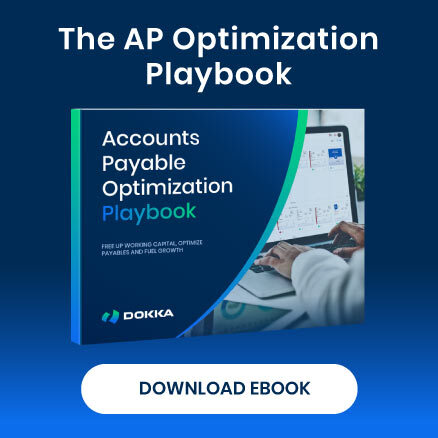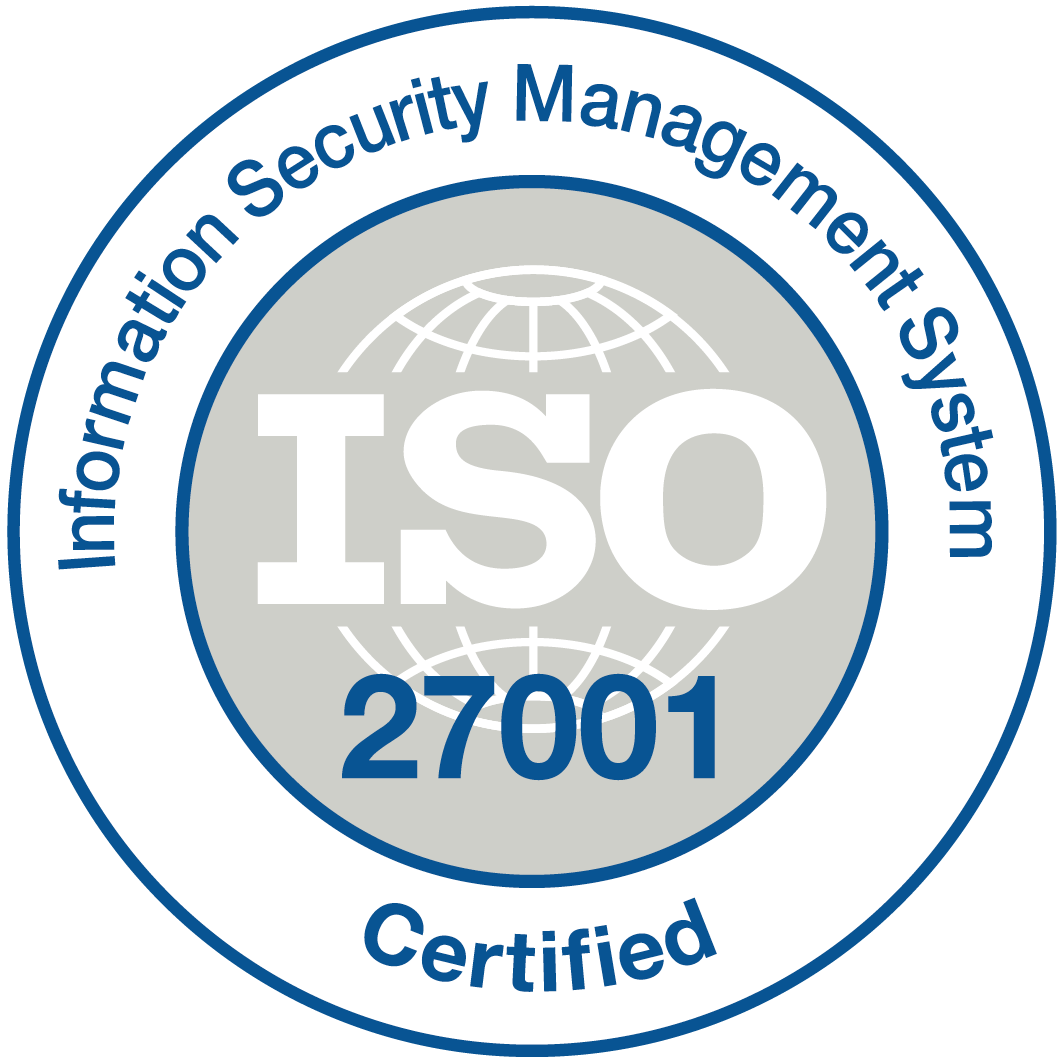The year-end close process is a critical period for many accountants, marking the culmination of a year’s financial activities and the start of a new fiscal era.
This period is often fraught with stress as professionals strive to ensure accuracy, compliance, and timeliness in preparing financial statements and reports.
The detailed work required in accounting, combined with the need to adhere to both internal and regulatory deadlines, often makes this period particularly challenging.
The importance of staying well-organized during the year-end close cannot be emphasized enough: it is the backbone of a smooth and successful accounting cycle.
Effective organization minimizes errors, streamlines processes, and enables a more efficient audit trail. Thus, adopting a structured approach is not just advisable; it is essential.
Fortunately, technology offers robust solutions to alleviate the pressures of the year-end close.
Financial close automation tools, like DOKKA Close, provide automated account reconciliations, report creation, and ensuring compliance with accounting standards. Implementing state of the art tech not only accelerates the process but also enhances accuracy, transforming the chaotic year-end close process into a more manageable one.
However, technology is only one piece of the puzzle: human expertise remains indispensable in ensuring a successful year-end close.
In this guide, we will provide a step-by-step approach to achieving an efficient and effective year-end close.

Why is Year-End Close So Crucial?
In essence, the year-end close is not just a regulatory necessity but a fundamental business practice that supports strategic planning, compliance, financial transparency, and stakeholder communication.
The year-end close is crucial for businesses to secure:
- Financial accuracy and integrity
- Regulatory compliance
- Tax reporting
- Operational assessment and decision making
- Stakeholder confidence
- Preparation for audits
- Foundation for the next fiscal year
Financial accuracy and integrity
The year-end close ensures that all financial activities within the company are accounted for and accurately represented in the financial statements. This process corrects any discrepancies or errors that may have occurred throughout the year, thus upholding the integrity of the financial data. Accurate financial statements are vital for maintaining trust among investors, creditors, and other stakeholders.
Regulatory compliance
Companies are often subject to strict financial reporting requirements set by governmental bodies, such as the Securities and Exchange Commission (SEC) in the United States, or international bodies like the International Financial Reporting Standards (IFRS) for global businesses. Completing a year-end close ensures compliance with these regulations, helping avoid legal penalties and maintaining good standing in the industry.
Tax reporting
The year-end financial statements serve as the basis for tax preparation and planning. Accurate and timely year-end close processes ensure that a company can meet its tax obligations without incurring penalties for underpayment or late payment of taxes. It also enables tax optimization strategies, potentially saving the company money by accurately capturing deductible expenses and credits.
Operational assessment and decision making
Year-end financial statements provide a snapshot of the company’s financial health and operational success. These documents are crucial for management to assess the effectiveness of past decisions and strategize future actions. They enable businesses to evaluate their financial stability, operational efficiency, and market position relative to competitors.
Stakeholder confidence
Investors and other stakeholders rely heavily on annual financial reports to make informed decisions about their continued investment or involvement with the company. A well-executed year-end close produces reliable financial statements, reinforcing investor confidence and potentially enhancing the company’s ability to attract new investment and financing.
Preparation for audits
An accurate and comprehensive year-end close simplifies the external audit process. Auditors require organized and correct financial records to complete their assessments quickly and efficiently. A smooth year-end close reduces the time and resources required for an audit and minimizes the risk of audit adjustments or negative findings.
Foundation for the next fiscal year
Finally, the year-end close acts as a reset button, providing a clean slate for the upcoming fiscal year. It allows companies to set new budgets, forecast future financial scenarios, and align their strategic goals based on the validated data from the past year. This readiness is essential for maintaining operational continuity and pursuing growth opportunities.
Year-end Close vs. Month-end Close
Year-end close and month-end close are both important accounting procedures, but they serve different purposes and involve varying levels of detail and scope.
While the year-end close is a thorough and comprehensive process that happens once a year, the month-end close is a more frequent process that typically occurs at the end of each month. The month-end close focuses on reviewing financial data for that specific month, while the year-end close examines the entire fiscal year.
Both processes involve reconciling accounts, adjusting entries, and preparing financial statements. However, the year-end close process is more extensive and includes additional tasks such as reviewing annual budgets and making tax adjustments.
Now that we’ve established the foundational knowledge of what year-end close entails and its significance, it’s time to dive deeper into the practical steps.

11-Step Guide for a Successful Year-End Close
If you’re using a tool like DOKKA Close, then all of these steps will be taken care of for you, as it automatically creates your closing checklist and executes all manual tasks for you.
If you are, like most, going down the manual path, then you’ll want to know what steps you’ll need to follow:
Step 1) Review and reconcile ledgers
Conduct a comprehensive review of all ledger accounts to confirm that every transaction is recorded correctly and reflects actual financial activity. This involves matching ledger entries with bank statements, invoices, and receipts. Any discrepancies found must be investigated and corrected to maintain the accuracy of the financial records.
Step 2) Inventory count and valuation
Undertake a physical count of all inventory items to ensure the quantities on hand match the records in the accounting system. This step is critical for businesses that hold stock as it affects cost of goods sold and profitability. Adjustments should be made for any lost, damaged, or obsolete stock, and the final inventory value should be calculated based on the chosen valuation method (e.g., FIFO, LIFO, or weighted average).
Step 3) Review accounts receivable and payable
Analyze the accounts receivable to identify any old or doubtful debts and make provisions for bad debts as necessary. Similarly, verify all entries in the accounts payable to ensure all expenses and liabilities are accounted for. This helps portray a true financial position of the company regarding what it is owed and what it owes.
Step 4) Fixed assets and depreciation
Review the fixed assets register for any additions or disposals during the year and ensure that all such transactions are recorded accurately. Calculate and record depreciation for the year, which is essential for reflecting the wear and tear on assets over time and affecting both the balance sheet and the income statement.
Step 5) Accruals and adjustments
Implement accrual accounting principles by recording end-of-year accruals for incurred expenses and revenues earned but not yet received. This might include interest expenses, utility bills, and revenue from services delivered but not yet billed. This step ensures that financial statements reflect the real economic activity of the business during the year.
Step 6) Review and close temporary accounts
Transfer all balances from revenue and expense accounts to an income summary account to reflect the year’s net profit or loss. Subsequently, transfer the net income or loss to retained earnings in the equity section of the balance sheet. This process resets the balances of the temporary accounts to zero, ready to begin the new fiscal year.
Step 7) Prepare final trial balance
After posting all adjustments, a final trial balance is prepared to ensure that all debits and credits balance. This trial balance is the foundation for the financial statements and ensures that the books are balanced and ready for the new fiscal year.
Step 8) Prepare financial statements
Use the corrected and adjusted trial balance to prepare the financial statements. The income statement shows the profit or loss for the year, the balance sheet shows the assets, liabilities, and equity, and the cash flow statement shows how changes in the balance sheet and income affect cash and cash equivalents.
Step 9) Review tax compliance
Ensure compliance with tax laws and regulations by reviewing all relevant tax accounts and preparing for the filing of tax returns. This includes payroll taxes, corporate income taxes, and other relevant taxes. Accurate and timely tax filing avoids penalties and interest.
Step 10) Internal and external audits
Conduct an internal audit of the financial statements and supporting documentation to ensure adherence to accounting standards and internal controls. Prepare for external audits by organizing necessary documentation and financial records, facilitating the audit process conducted by outside auditors.
Step 11) Planning and budgeting for next year
With the finalized financial data, begin the process of budgeting for the next fiscal year. Use historical data and the current year’s performance to set realistic financial goals. This planning phase is critical for strategic decision-making and resource allocation in the upcoming year.
Challenges of Year-End Close
While the year-end close is a fundamental aspect of financial management, it comes with its own set of challenges that can complicate the process. Here are some common obstacles faced during the year-end close:
- Time constraints
The year-end close process is often constrained by tight deadlines. Companies need to finalize their financial statements promptly to meet regulatory filing deadlines and prepare for audits. This pressure can lead to rushed work, which increases the risk of errors.
- Complexity of adjustments
Year-end adjustments can be complex and require a deep understanding of accounting principles and regulatory requirements. Items like depreciation, amortization, and tax provisions involve intricate calculations and judgments, which can be error-prone and time-consuming.
- Volume of data
Organizations, especially large ones, deal with a massive volume of transactions throughout the year. Aggregating and reconciling this data at the year-end can be daunting, requiring significant effort and resources to ensure accuracy.
- Resource availability
During the year-end close, there is often a high demand for skilled accounting personnel. The simultaneous need across various departments and processes can lead to resource shortages, putting additional stress on the staff involved.
- Technological challenges
While modern accounting systems facilitate the year-end close process, they also present challenges. System issues, data integration problems, and software limitations can hinder the process. Additionally, not all team members may be equally proficient with advanced accounting software, leading to inefficiencies.
- Compliance with new regulations
Accounting standards and tax laws are continually evolving. Staying updated with the latest changes and ensuring compliance during the year-end close can be challenging, especially if the changes are substantial or complex.

Best Practices for a Successful Year-End Close
To navigate the complexities of the year-end close and mitigate common challenges, companies can adopt industry-recognized best practices. These strategies are designed to streamline the process, ensuring it is both efficient and effective:
Start early
Initiating the year-end close process well ahead of deadlines can significantly alleviate stress and provide ample time for thorough reviews and necessary adjustments. An early start facilitates detailed documentation and allows for the identification and resolution of issues without the pressure of looming deadlines.
Collaborate closely with stakeholders
Robust communication across all departments is vital during the year-end close. Collaborative efforts help in the early identification and swift resolution of potential discrepancies. This unified approach not only speeds up the process but also enhances the accuracy and timeliness of the financial reporting.
Leverage technology
Adopting DOKKA’s financial close automation solution can transform the year-end close process. It minimizes the need for manual input, reduces the chance of errors, and enhances the visibility of financial data. Real-time access to financial information helps in promptly spotting and addressing discrepancies.
Document all processes
Keeping detailed records of all procedures involved in the year-end close—including adjustments and reconciliations—ensures consistency and precision. Well-documented processes also streamline future closes, as they serve as reference points that improve efficiency and understanding year over year.
Outsource non-core tasks
For many businesses, particularly small to medium-sized enterprises, outsourcing peripheral tasks during the year-end close can be a strategic choice. This approach allows the internal team to focus on core activities while external experts handle specialized functions, ensuring that all tasks are completed efficiently and within set deadlines.








